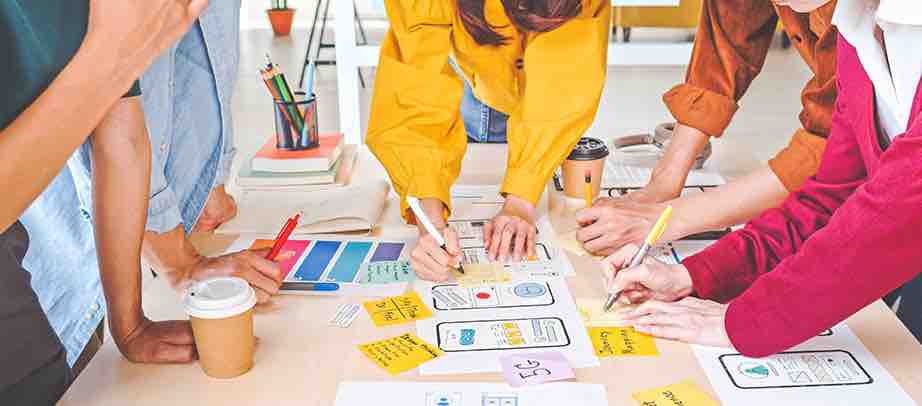Authentic Tasks Example

Authentic tasks play a crucial role in project-based learning (PBL) by enhancing the effectiveness of the learning process and helping students develop a deeper understanding of concepts and skills. Students should work on projects that are authentic to them, their communities, and the larger world around them, including the workforce. Students need choice and agency, the opportunity to address audiences through public performances and products, and access to and instruction on the use of authentic tools that people use in contemporary life outside of school (Polman et al., 2018).
By making instruction explicitly connected to outside-the-classroom practices, projects can promote a sense of civic purpose and engagement, which can be especially powerful when projects result in genuine products or performances for an authentic audience.
There is existing research that demonstrates that students learn most effectively when learning takes place in authentic contexts (National Academies of Sciences, Engineering, and Medicine, 2018). In the Knowledge in Action (KIA) project, for example, simulations rooted in actual historic events, as well as current- day activities, help students with perspective-taking and applying what they know and can do to solving problems.
In an AP U.S. Government and Politics course students took on the role of delegates to the Constitutional Convention of 1787, deciding whether to ratify the new U.S. Constitution. They also organized and executed their own modern-day presidential campaign, writing legislation in Congress, serving as advisors to interest groups, and creating political action plans.
Johnny Devine, an AP Physics teacher of Washington, said that students find it meaningful to engage in projects that put them in the shoes of someone in the workforce, such as a NASA systems engineer designing a Mars lander. “When they see there is this interesting problem that is being tackled out there and that is a thing that can lead to an actual job for them, they’re much more motivated to look at the physics behind it,” Devine explained.
To ensure project-based learning is authentic to students, it should include culturally relevant practices. Curricular resources should connect projects to students’ lives and experiences through prompts and by pulling in other resources as needed to help students connect to the work at hand. For example, in designing a garden to grow food in their own community, students in the Detroit area watched and discussed a video featuring Ron Finley, who transformed an urban community not unlike theirs through community gardening. And during a project in which students designed toys, they learned about Lonnie Johnson, a Black engineer who invented the Super Soaker and who created many iterations of the best-selling water toy before landing on the ultimate design. Ensuring projects are relevant, authentic, and meaningful to students in this manner enhances the rigor of PBL, deepens student engagement, and increases the likelihood of achievement gains.